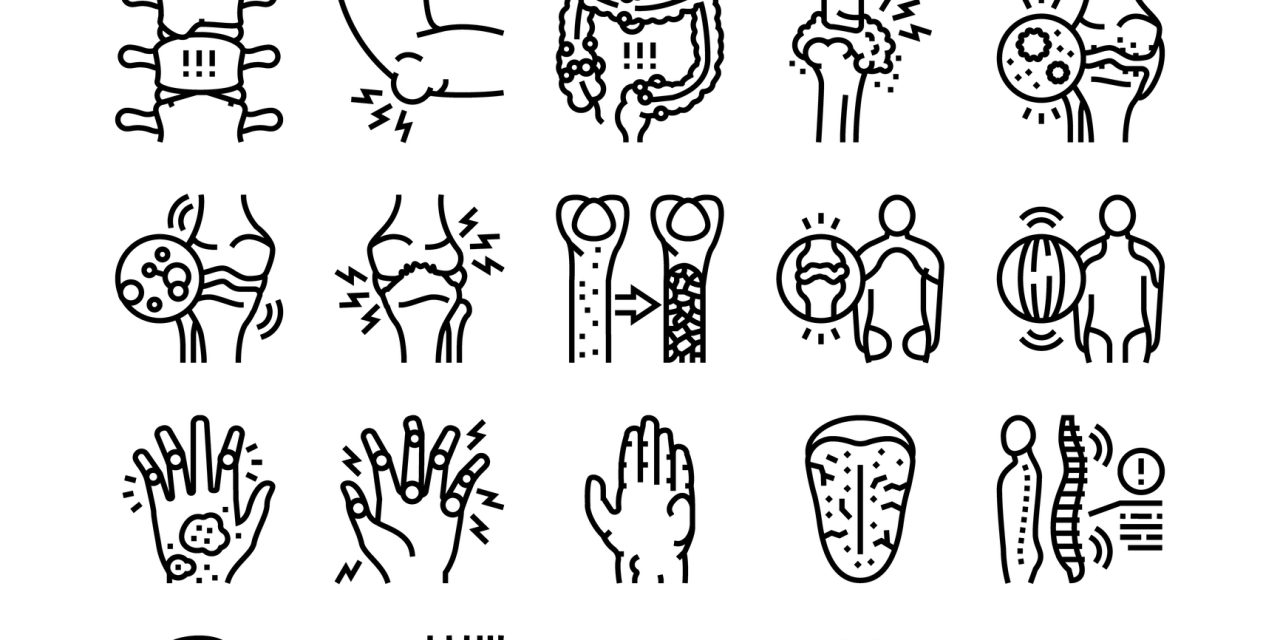Tophacious gout presenting at the anterior cruciate ligament (ACL) is extremely rare and difficult to differentiate from other intraarticular pathology. This is mainly due to conventional diagnostic tools, such as MRI, producing ambiguous results versus pigmented villonodular synovitis (PVNS) and ganglion cysts.
Here we report an individual in their late-20s with a gouty tophus located at the origin of the ACL in the knee. Urate crystals on the articular cartilage in all three compartments was noted as well as on the synovium. On advanced imaging with an MRI, a large mass was seen anteriorly in the notch surrounding the ACL and posterior cruciate ligament (PCL). The tophus was biopsied and excised arthroscopically with excellent results.
An ACL mass in the knee has a very broad differential diagnosis. MRI imaging alone makes it very difficult to differentiate between PVNS and gout tophi yielding a pre-operative diagnostic challenge. Additionally, we review diagnostic challenges faced by other groups with similar cases, as well as their chosen treatment.
Gouty tophi arising from the origin of the ACL are extremely rare and remain difficult to diagnose due to their ambiguous nature in conventional imaging. In this report, we clearly convey the disparity in the diagnostic protocol for this type of intraarticular pathology. Future research should look to develop a superior protocol for identifying these pathologies to improve diagnostic accuracy.
Copyright © 2021 The Authors. Published by Elsevier Ltd.. All rights reserved.
Gouty tophus presenting as an anterior cruciate ligament mass in the knee: Case report and brief review of relevant literature.


